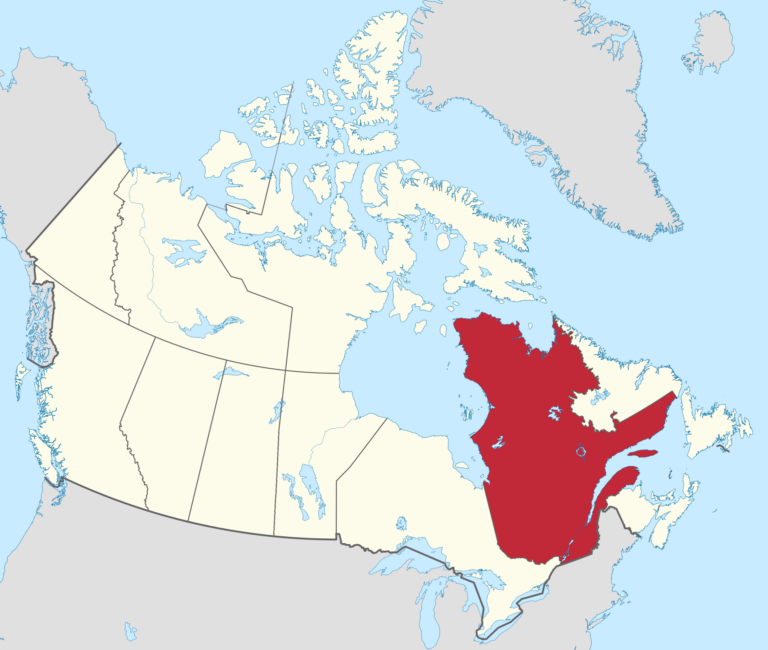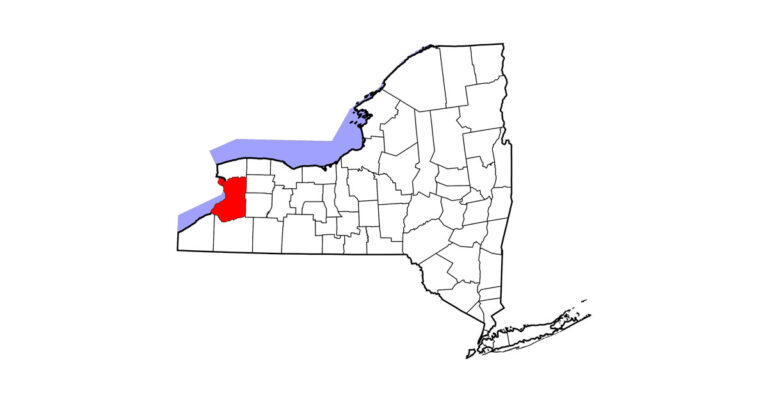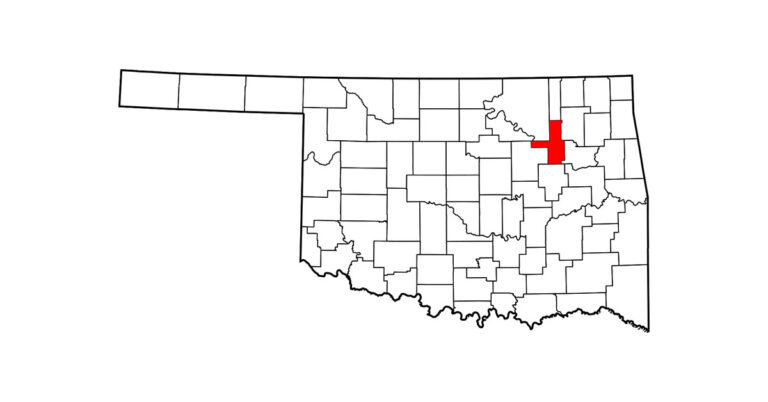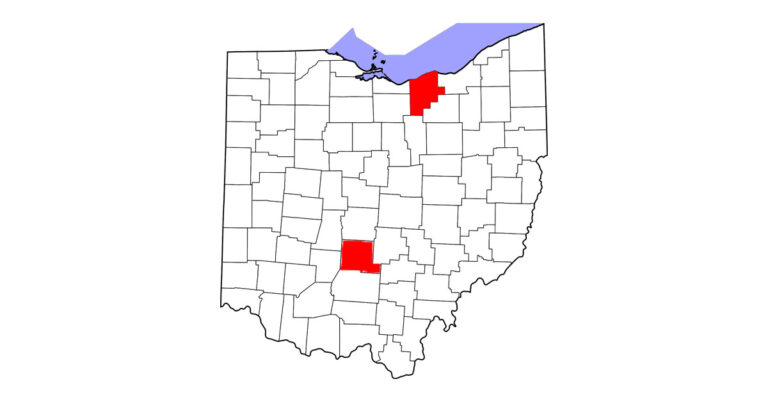The carefree days of summer can quickly turn worrisome when elevated air temperature and high humidity begin to take a toll on a horse’s health. Heat stress can occur when a hot horse isn’t able to sufficiently cool himself by sweating. The condition affects equine athletes as well as more sedentary individuals. A horse standing in the close confines of a trailer or poorly ventilated barn can overheat. Here’s what you need to know to safeguard your horse from this potentially serious summertime health threat.
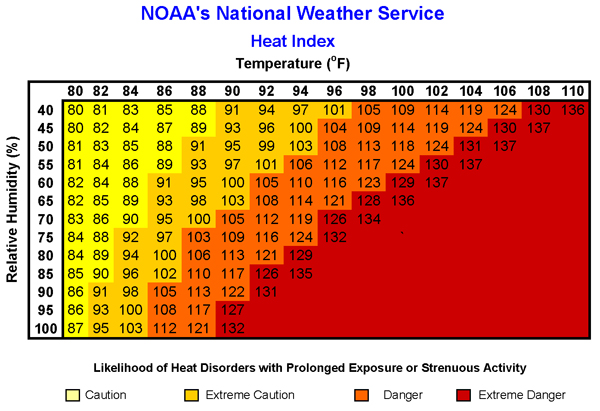
The Cause
A horse’s muscles generate significant heat, especially when he’s active. Sweating is the mechanism his body uses to dissipate the heat. But soaring temperatures and high levels of humidity (see below) make it more difficult for the sweating process to have its usual cooling effect. As a result, a horse may become dehydrated, lose vital electrolytes or simply overheat.
The Signs
A horse suffering heat stress is likely to
- be lethargic and weak
- lack his normal desire to move forward
- breathe rapidly—faster than 60 breaths per minute with nostrils flared
- have a respiratory rate higher than his heart rate
- show little or no interest in food or water
- have a rectal temperature of 102 to 103 F.
Heat stress can lead to muscle cramping, reduced gastrointestinal function and even colic. Unchecked, the condition can quickly progress to heat stroke—a failure of the body mechanisms that normally regulate temperature, resulting in decreased blood pressure, narrowing of the blood vessels and reduced heart function. It’s possible for the temperature of a horse with heat stroke to rise above 106 F, which leads to damage of the kidneys, liver, central nervous system, lungs and heart. The horse may collapse in shock.
What to Do
Immediately move a horse showing signs of heat stress into a shady spot. Offer him free-choice water, both plain and with electrolytes. Either hose or sponge him with cool to cold water (ice water is OK if it’s available), especially where large veins are close to the skin: Look for the jugular vein on the neck and the saphenous vein on the inside of each hind leg. It is very important to scrape any excess water from his skin. Even a light coating will act as an insulator to retain body heat.
Call your veterinarian if your horse’s temperature rises above 104 F and does not decrease with cool-water baths and rest. He may be suffering heat stroke and need intravenous fluids and electrolyte replacement as well as an examination to determine if he is colicking or tying up. Do not administer medications such as bute or Banamine® while he is dehydrated because kidney damage can occur.
Once a heat-stressed horse’s vital signs have returned to normal and he’s cool to the touch between his front legs, hand-walk him for about 15 minutes to help prevent his muscles from cramping. Then return him to a shady place—maybe a well-ventilated stall or a paddock with plenty of trees—and check him over the next few hours, watching for signs of colic or muscle cramps. If none develop, he can probably return to light exercise, such as walking, the next day.
Weather Watch
“Heat index” is a term commonly included in weather forecasts during the warmer months of the year. It is a measure developed by the National Weather Service to express the discomfort felt as a result of the combined effect of air temperature and relative humidity (see chart). Here’s how to use it to gauge the effect that activity may have on your horse:
If the heat index is
- less than 90 F: Your horse likely will be able to work normally and cool himself sufficiently as long as he’s adequately fit for what you’re asking him to do.
- 90–100 F: Proceed with caution. Overheating is possible with prolonged activity and exposure.
- 101–129 F: The risk of heat stress is high. Ride during the cooler part of the day, take frequent breaks and skip high-stress activities.
- above 129 F: This is the danger zone. The risk of heat stroke is high. Cancel your plans or postpone them to a cooler part of the day.
Sharon J. Spier, DVM, PhD, was Treating Veterinarian in charge of internal medicine at five Olympic Games from 1988 to 2008 and numerous Pan American Games. She is a professor at the University of California at Davis, where her specialty is equine medicine.
This article originally appeared in the August 2014 issue of Practical Horseman.





